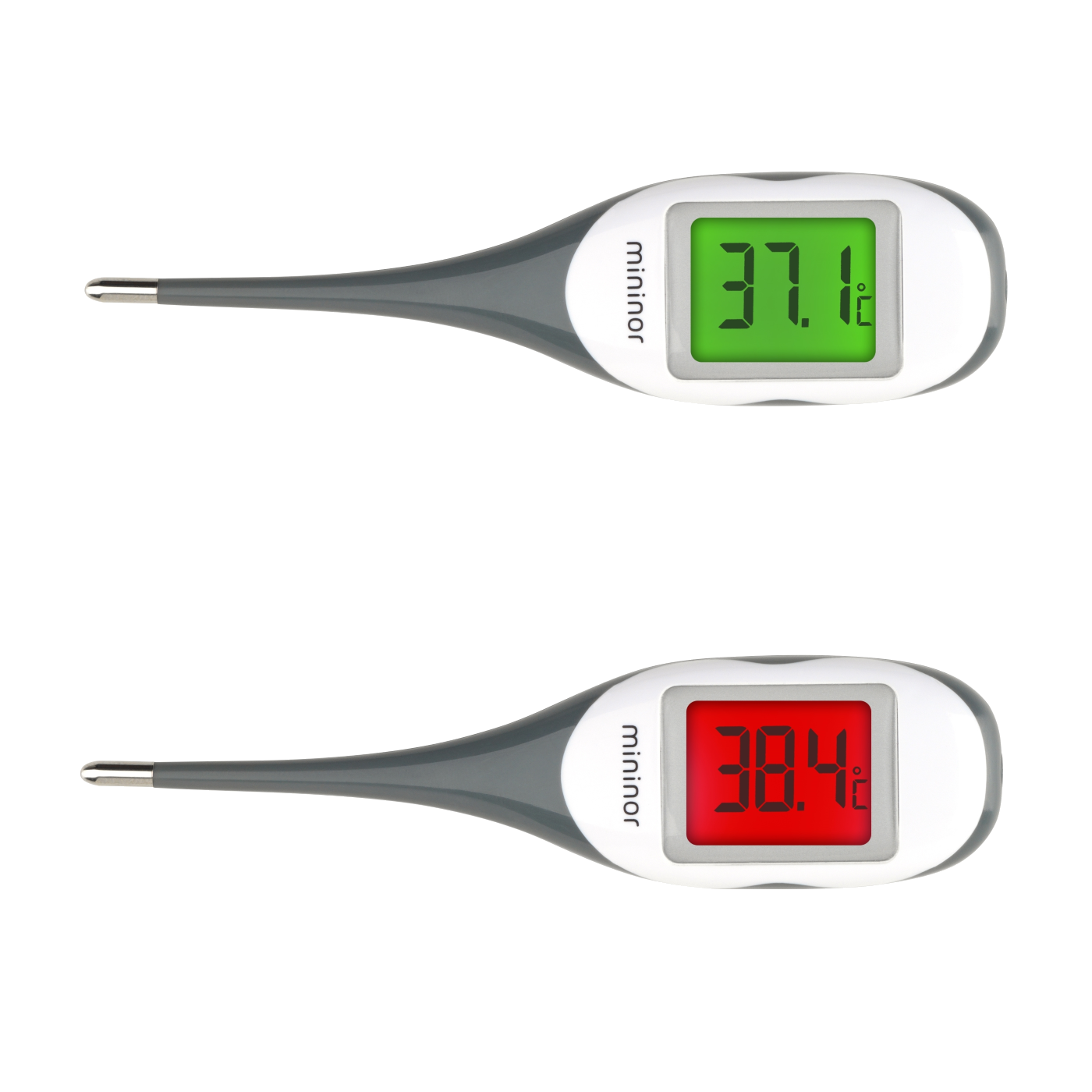
This image has format transparent PNG with resolution 1400x1400.
You can download this image in best resolution from this page and use it for design and web design.
Thermometer PNG with transparent background you can download for free, just click on download button.
A thermometer is a device that measures temperature or a temperature gradient. A thermometer has two important elements: a temperature sensor (e.g. the bulb of a mercury-in-glass thermometer or the pyrometric sensor in an infrared thermometer) in which some change occurs with a change in temperature; and (2) some means of converting this change into a numerical value (e.g. the visible scale that is marked on a mercury-in-glass thermometer or the digital readout on an infrared model). Thermometers are widely used in technology and industry to monitor processes, in meteorology, in medicine, and in scientific research.
Some of the principles of the thermometer were known to Greek philosophers of two thousand years ago. The modern thermometer gradually evolved from the thermoscope with the addition of a scale in the early 17th century and standardisation through the 17th and 18th centuries.
While an individual thermometer is able to measure degrees of hotness, the readings on two thermometers cannot be compared unless they conform to an agreed scale. Today there is an absolute thermodynamic temperature scale. Internationally agreed temperature scales are designed to approximate this closely, based on fixed points and interpolating thermometers. The most recent official temperature scale is the International Temperature Scale of 1990. It extends from 0.65 K (−272.5 °C; −458.5 °F) to approximately 1,358 K (1,085 °C; 1,985 °F).
Old thermometers were all non-registering thermometers. That is, the thermometer did not hold the temperature reading after it was moved to a place with a different temperature. Determining the temperature of a pot of hot liquid required the user to leave the thermometer in the hot liquid until after reading it. If the non-registering thermometer was removed from the hot liquid, then the temperature indicated on the thermometer would immediately begin changing to reflect the temperature of its new conditions (in this case, the air temperature). Registering thermometers are designed to hold the temperature indefinitely, so that the thermometer can be removed and read at a later time or in a more convenient place. Mechanical registering thermometers hold either the highest or lowest temperature recorded, until manually re-set, e.g., by shaking down a mercury-in-glass thermometer, or until an even more extreme temperature is experienced. Electronic registering thermometers may be designed to remember the highest or lowest temperature, or to remember whatever temperature was present at a specified point in time.
Thermometers increasingly use electronic means to provide a digital display or input to a computer.
Thermometers utilize a range of physical effects to measure temperature. Temperature sensors are used in a wide variety of scientific and engineering applications, especially measurement systems. Temperature systems are primarily either electrical or mechanical, occasionally inseparable from the system which they control (as in the case of a mercury-in-glass thermometer). Thermometers are used in roadways in cold weather climates to help determine if icing conditions exist. Indoors, thermistors are used in climate control systems such as air conditioners, freezers, heaters, refrigerators, and water heaters. Galileo thermometers are used to measure indoor air temperature, due to their limited measurement range.
Such liquid crystal thermometers (which use thermochromic liquid crystals) are also used in mood rings and used to measure the temperature of water in fish tanks.
Fiber Bragg grating temperature sensors are used in nuclear power facilities to monitor reactor core temperatures and avoid the possibility of nuclear meltdowns.
In this page you can download free PNG images: Thermometer PNG images free download